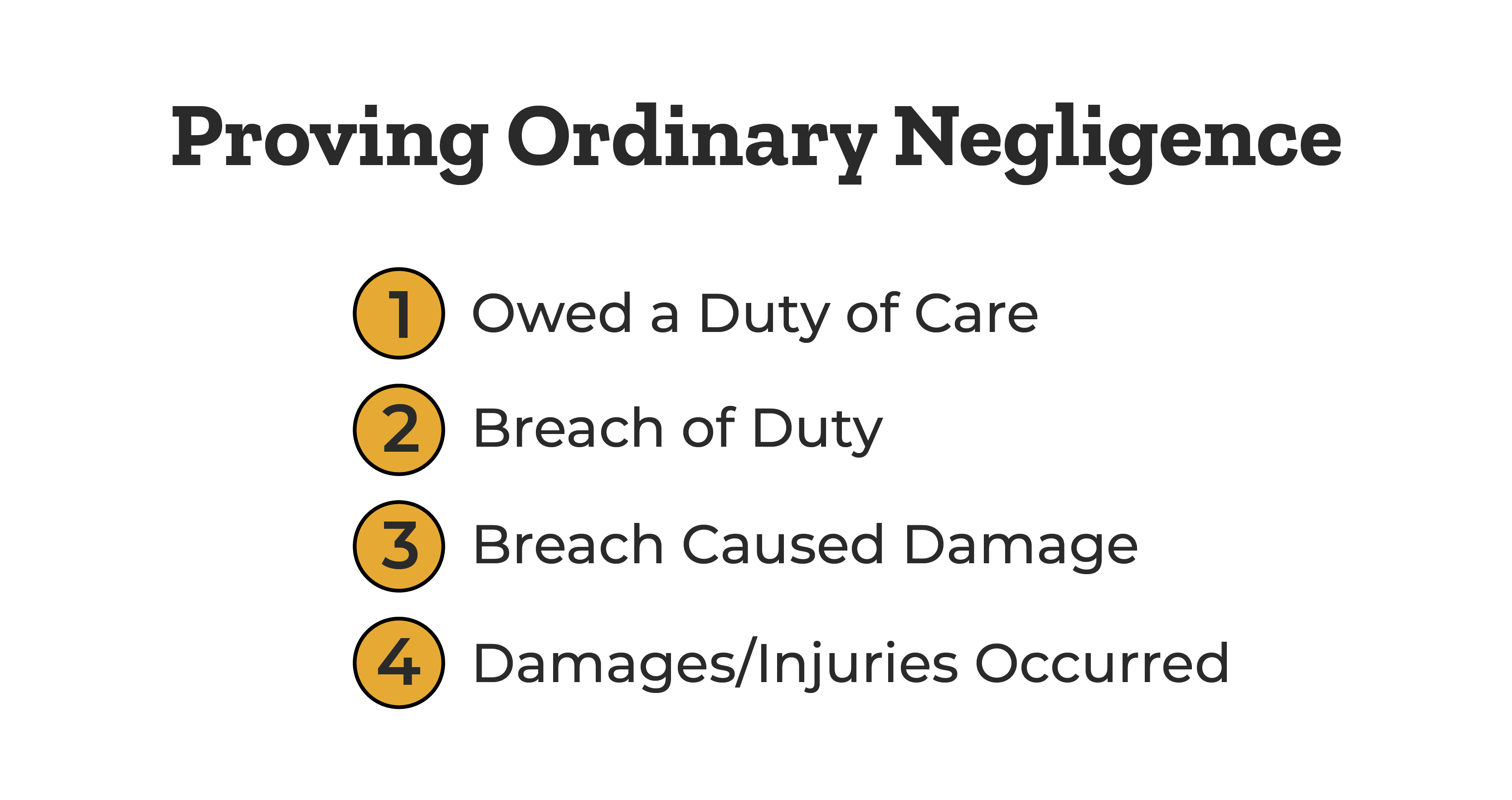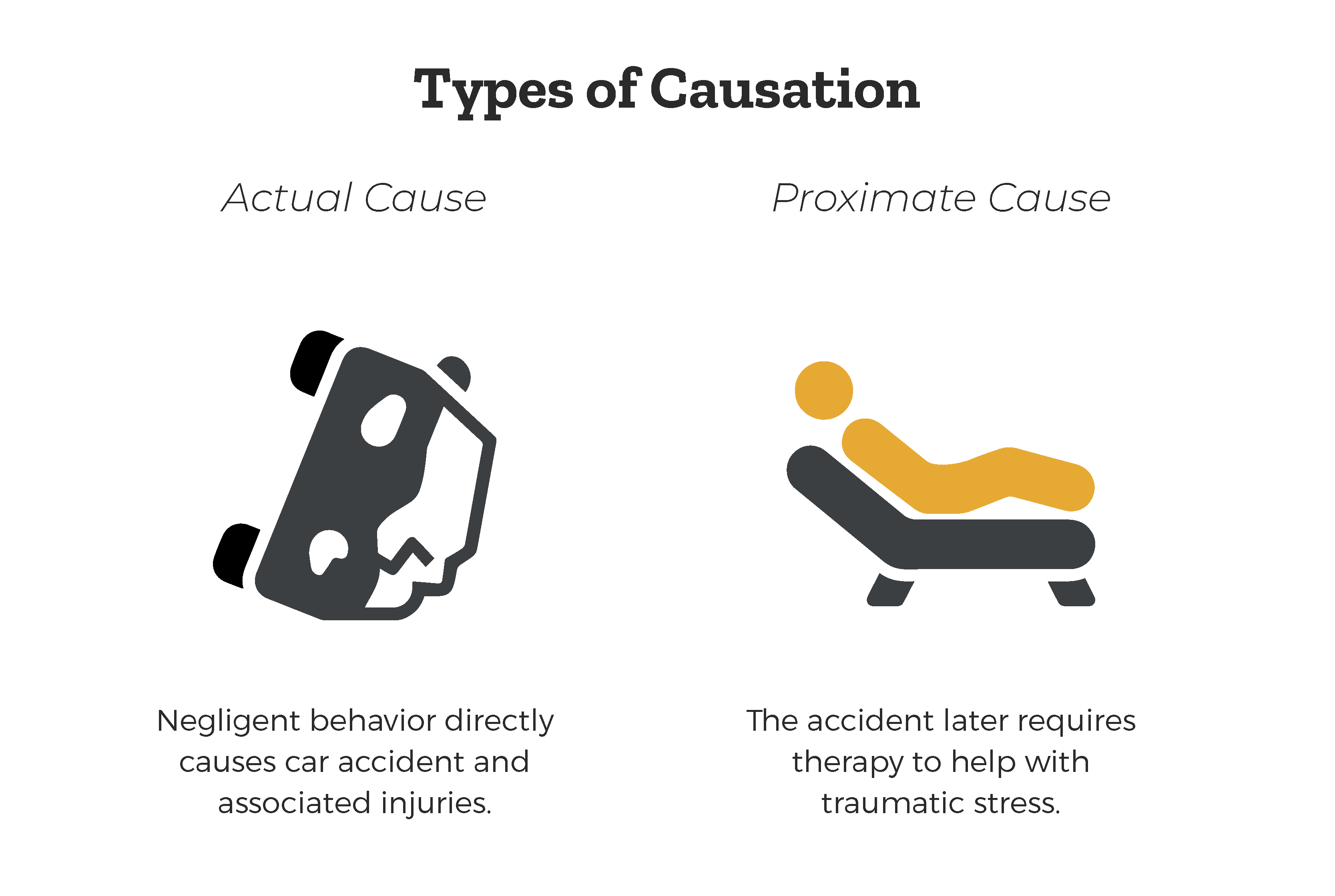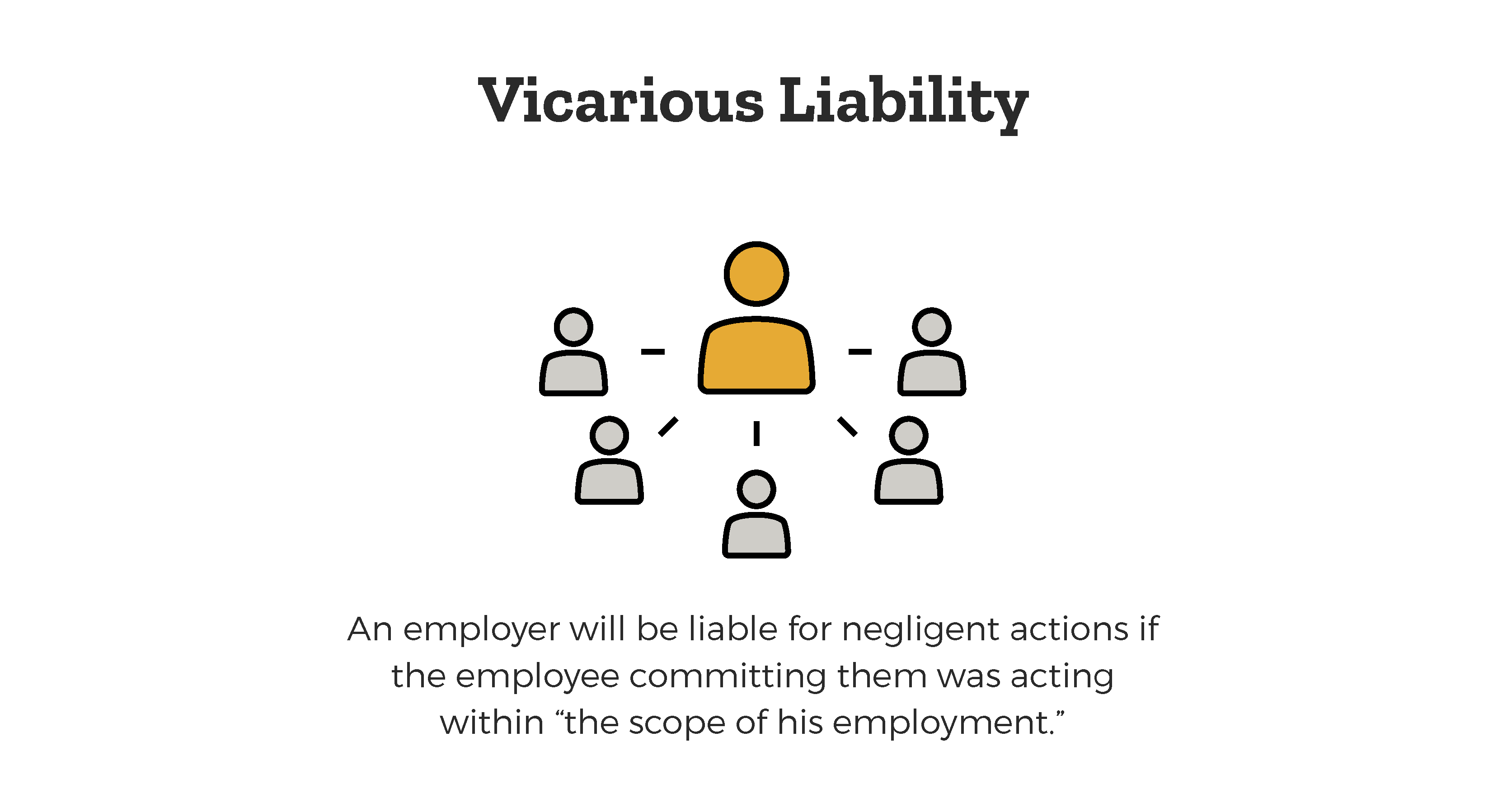Negligence claims are a part of tort law. Whereas intentional torts deal with acts that are caused when people intend to harm or break the law, negligence tort claims arise when a person breaches a duty of care.
Negligence cases arise most commonly in personal injury actions, such as “slip and fall” accidents or car accidents. Negligence also occurs in medical malpractice – where a doctor has deviated from the expected standard of care – and in wrongful death actions.
Actions for negligence in New York state are governed under the state’s civil practice law and are heard within the New York supreme courts. An action must be filed in the New York court of the county with jurisdiction over the issue. Generally, jurisdiction is available in the county where the injury occurred or where a party lived. For example, a man who is injured in an accident in Brooklyn would file the lawsuit in Kings County.
Elements of Negligence

A claimant must prove (4) elements to have a successful negligence claim in New York state. The elements to a negligence case are duty, breach of duty, causation, and damages.
Duty: Was there a duty of care owed to a foreseeable victim?
Duty is the first element to prove in a New York state negligence claim. Was there a duty owed to foreseeable victims? New York negligence law follows the reasonable person standard, which states that a person must legally give the standard of care that a reasonably prudent person would under similar circumstances. This standard is an objective standard, which means that a person who’s blind would be expected to act like a reasonably prudent person without sight; an elderly man would be expected to act like a reasonably prudent man of the same age; etcetera.
Special duty exceptions: Professional, superior Knowledge, children
The New York state negligence law has a few exceptions to the reasonable person standard.
Professionals, that is people who are licensed by the state to provide certain services to the public, owe a duty similar to that of an average member of that profession practicing in a similar community. For instance, a cardiologist would owe a duty similar to that expected of the average cardiologist practicing in a similar setting.
Similarly, people with superior knowledge of a subject are held to the same standard as a reasonable person with that superior knowledge. For example, assume there is a lawsuit for negligence against an auto mechanic’s failure to service a car. The auto mechanic will be judged not under the ordinary reasonable person standard but will be scrutinized on whether he followed the duty of a reasonable person with his superior knowledge in his field.
Another exception to the reasonable person standard would be children. Children under the age of 4 have no legal duty to anyone. Children over the age of 4 owe a duty of care of a hypothetical child of similar age, intelligence, and experience. Only when children have engaged in an “adult activity” is the reasonable person standard used for minors. An “adult activity” would be an activity that is normally only allowed for an adult, such as flying a plane.
Breach of Duty: Did the defendant owe a duty and breach that duty?
The next element for a negligence claim is breach. The plaintiff must prove that they were owed a duty and that the responsible party breached that duty. The plaintiff must identify that the defendant was negligent and explain why it was culpable conduct.
Causation: Did the breach of duty cause the injury?

Next, a plaintiff must prove that they suffered a physical injury and that the defendant’s breach of duty caused that injury. The plaintiff must prove actual cause and proximate cause.
Actual cause is when “but for” the plaintiff’s breach the defendant would be injury-free today. It is a direct connection that the defendant’s injury is a result of the plaintiff’s negligence.
Proximate cause refers to whether it is legally fair to connect the breach of duty to the injury. For instance, let’s say a person cuts his eye when a brick falls off a building and sues the owner of the property where it occurred. Two days later, he develops a dangerous infection in that cut. The defendant is the actual cause of the plaintiff’s injury. As it was also foreseeable that such a wound could also develop an infection, the property owner is also liable for the subsequent infection that resulted.
Damages: Is it legally fair for the injury to be remedied by awarding damages?
The last element of a negligence law claim is damages. The requirements are that it is fair and equitable to award damages. This is when a financial award can help restore them to the position they would be if the harm never occurred. New York is a state that does not follow the collateral source rule, which is a rule that prevents a party from filing a lawsuit if they already received compensation from collateral parties. New York law instead will simply reduce the amount of damages awarded by any payments received from other sources, such as insurance policies.
How are money damages calculated in a New York negligence claim?
The amount of damages in negligence claims are determined and awarded by a jury who has heard arguments. The jury must follow the civil practice law of the state and give due diligence. Whereas some states follow contributory negligence fault law, others adhere to a comparative fault determination. A pure contributory jurisdiction will completely bar recovery if it is found that the plaintiff was in any way partially at fault for the injury. These jurisdictions are a minority, however. New York is a pure comparative negligence jurisdiction. This means that recovery can be reduced by an amount in accordance with the assigned percentage of fault as determined by the jury. If both the plaintiff and the defendant contributed to the accident, the court must determine each party’s percentage of fault and award compensation accordingly.
Litigating a Comparative Negligence Jurisdiction: Must prove and defend against claims
In a comparative negligence jurisdiction, a plaintiff must successfully prove all the elements of a negligence case and additionally may need to defend against any potential comparative fault claims. Even if the New York courts determine fault to a responsible party, the defendant will still try to lower the damages awarded by alleging that the plaintiff was also negligent. The defendant will offer evidence that the plaintiff failed to exercise proper care for his or her own safety and reflects the plaintiff’s degree of fault. As personal injury cases can be very complicated, it is a good idea to have a knowledgeable personal injury lawyer representing your interests.
Eggshell Plaintiff
The “eggshell plaintiff” rule states that a responsible party must take the victim “as he finds them.” Thus, the defendant will be responsible for paying all harm suffered by the plaintiff, even if the harm is surprisingly large in scope.
Vicarious Liability: When is someone liable for the actions of someone else?

Vicarious liability refers to situations in which a person is “vicariously” liable for the negligence of someone else. Respondent superior is a common form of vicarious liability that refers to an employer being liable for negligence committed by their employees. An employer would be liable for negligent actions if the employee committing them was acting within “the scope of his employment.” This means that a boss will be liable for any harm or gross negligence done by an employee acting in the normal functions of their job description. However, intentional acts committed by an employee that are not related to their job or in furthering the objectives of the business are generally outside the scope of employment. Additionally, if the employee is an “independent contractor” and not a salaried worker, the hiring party is not legally responsible and has no liability.
Owner/driver of the vehicle
New York follows the Permissive Use Doctrine in regard to accidents caused by drivers who are not owners of the car they are driving. The owner of the car is vicariously liable for the torts of anyone driving with permission, and there is a presumption that anyone driving had permission.
Negligent Infliction of Emotional Distress
A different negligence claim arises when the plaintiff does not suffer any physical trauma as a result of the defendant’s conduct. In a negligent infliction of emotional distress (NIED) claim, the plaintiff suffers emotional harm. The claim involves much more proof than just stating that they had “pain and suffering.” In New York, the plaintiff must show that the defendant committed negligence (a breach of duty), and even though there was no physical trauma, the plaintiff almost suffered in this way because he was in the zone of physical danger. Although it was a “close call,” it still resulted in the plaintiff’s subsequent physical manifestations (i.e., post-traumatic stress disorder, or PTSD).
Bystander Rule: Can you sue for damages for simply “witnessing” an accident?
New York state holds the minority view in regard to a “bystander” claim. For a “bystander” to recover, they must have been in the “zone of danger,” which means they could have also been a victim. In addition to being in the “zone of danger,” the person must have witnessed a close family member suffer a negligently inflicted injury. For example, a man’s son is injured when a motor vehicle runs over the child on a bike. The father is in their house a block away but hears the car crash and his child screaming in pain. As a result, the father can’t sleep at night and has psychological trauma. As the father was not personally present in the “zone of danger” and did not witness his son being struck, he cannot qualify for an NIED or negligence claim.
Statute of Limitations
New York personal injury cases must be filed in a timely fashion, that is within a statute of limitations. The statute of limitations is a law which gives a time frame in which a plaintiff is able to file a case. If the negligence claim is not filed within the statute of limitations period, then victims of personal injury no longer have the right to file that particular claim.
New York’s statute of limitations differentiates between the types of personal injury claims you might file. The time limits are as follows:
- Personal injury: three (3) years from discovery of injury
- Motor vehicle and car accidents, including truck or bus crashes: three (3) years from the date of the accident
- Medical malpractice: two and a half (2.5) years from the date of injury; if injury occurred within a period of continuous medical treatment, then two and a half years from the date of completion of the medical treatment
- Personal injury of a minor: three (3) years prior to his or her 18th birthday
- Negligent infliction of emotional distress: three (3) years from the date of incident
As there is such a short window to file a personal injury case, it is imperative to act quickly and consult a law firm to discuss your options after being injured in an accident. Many personal injury attorneys will give legal advice in a free consultation session.
Representation for a Negligence Claim
There is no constitutional right for a lawyer in civil actions; therefore, legal representation in New York state will come with a cost. However, most personal injury lawyers work on a contingency basis. This means that they will get paid after the case is over, unlike other types of lawyers, who require an upfront retainer before any work is done.
In a contingent fee arrangement, the law firm will agree to take on your case without any money down, and your lawyer will work for you until the case is either settled or completed. In a contingency arrangement, the firm will take a percentage (usually one-third) of the settlement or monetary award. The attorney fees will be deducted first before you receive your award. If there is no award, then there is no attorney fee. This motivates the lawyer to work toward a settlement and capture the maximum allowable compensation. One may find a qualified New York personal injury attorney through their local bar association or through attorney advertising. Each county in New York has its own association, which can provide general information and references for admitted attorneys. Thus, if one needs an attorney working in New York City, one would go to the New York Bar Association; if one wishes to find an attorney who works in Westchester, they could go to the Westchester Bar Association. Many lawyers or law firms have a website through which you can request a free consultation.
